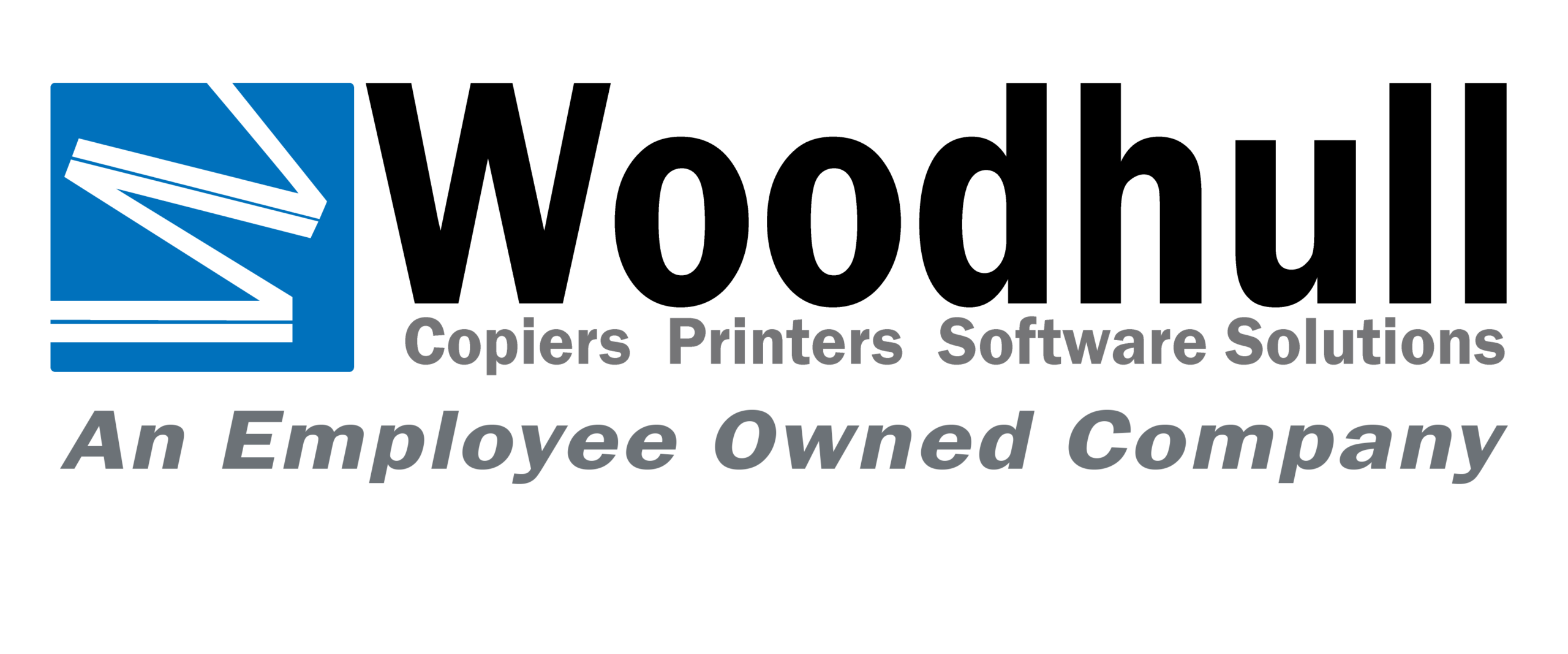In the digital era, the movement towards a paperless office is not just a trend but a necessary shift to sustainability and efficiency. Document software solutions have emerged as powerful tools in this transition, offering an array of benefits that extend far beyond mere convenience. This comprehensive exploration of going paperless will shed light on the environmental impact of document software solutions, detailing how they are contributing to a greener planet and a more sustainable future.
The Environmental Toll of Paper Usage
Before we can appreciate the positive impact of document software solutions, it’s crucial to understand the environmental cost of our traditional reliance on paper. Paper production is resource-intensive, involving the consumption of water, energy, and, most significantly, trees. According to the Environmental Protection Agency, the paper and pulp industry is the fourth largest emitter of greenhouse gases in manufacturing sectors. Furthermore, the process of paper production, from tree harvesting to transportation and processing, contributes to deforestation, water pollution, and energy consumption.
The environmental impact of paper extends to its disposal. Paper waste constitutes a significant portion of solid waste in landfills, where it generates methane, a potent greenhouse gas. Recycling paper is a positive step, but it’s not a panacea; it still requires energy and water, and only a fraction of paper gets recycled effectively.
The Shift to Document Software Solutions
Document software solutions, also known as Document Management Systems (DMS), offer a viable and eco-friendly alternative to paper-based documentation. These digital platforms enable businesses and individuals to create, store, manage, and share documents electronically, eliminating the need for physical paper. The shift to these digital solutions has profound environmental implications:
- Reduction in Paper Consumption
The most immediate impact of adopting document software solutions is the significant reduction in paper consumption. By transitioning to digital documents, companies can drastically cut down the amount of paper used for printing, copying, and storage. This reduction in paper use directly translates to fewer trees being cut down, less water and energy consumed in paper production, and a decrease in paper waste generation.
- Lower Energy Consumption
While digital solutions do require energy, the overall energy footprint of managing documents digitally is lower compared to traditional paper-based systems. Document software solutions facilitate efficient document storage and retrieval, reducing the need for physical space and the energy required for heating, cooling, and lighting extensive filing systems. Additionally, cloud-based document management further minimizes energy consumption by leveraging energy-efficient data centers.
- Decreased Carbon Footprint
The adoption of document software solutions contributes to a lower carbon footprint for businesses and individuals alike. By minimizing the need for physical document transportation and storage, these digital solutions reduce greenhouse gas emissions associated with these activities. Furthermore, the reduced demand for paper production mitigates the carbon emissions from the paper and pulp industry.
- Enhanced Sustainability Practices
Going paperless aligns with broader sustainability goals by promoting responsible resource use and waste reduction. Document software solutions enable organizations to implement sustainable practices, such as electronic signatures, which eliminate the need for printing, signing, and mailing documents. These practices not only save time and resources but also support a culture of environmental stewardship.
Challenges and Considerations
While the benefits of going paperless are clear, the transition involves challenges, including ensuring data security, overcoming resistance to change, and addressing digital divide issues. However, advancements in technology and increasing awareness of environmental issues are driving the adoption of document software solutions.
FAQs About Document Software Solutions
How does going paperless benefit the environment?
- Going paperless reduces the demand for paper production, thereby conserving forests and minimizing environmental pollution associated with paper manufacturing and disposal.
What are the cost savings associated with going paperless?
- Eliminating paper-based processes results in cost savings related to printing, storage, and document disposal. Additionally, digital document management enhances operational efficiency, leading to productivity gains and resource optimization.
How can organizations overcome resistance to change when implementing paperless initiatives?
- Organizations can overcome resistance to change by communicating the benefits of digital transformation, soliciting feedback from stakeholders, and providing comprehensive training and support to employees.
What security measures should organizations implement when transitioning to digital document management?
- Organizations should implement encryption, access controls, and regular security audits to safeguard sensitive information. Partnering with reputable vendors and adhering to industry best practices ensures data integrity and confidentiality.
What are the key considerations for selecting a document management system?
- Organizations should prioritize features such as document digitization, version control, security protocols, and scalability when selecting a document management system. Cloud-based solutions offer flexibility and accessibility, catering to the diverse needs of modern businesses.
How can organizations integrate document software solutions with existing legacy systems?
- Organizations should collaborate between IT departments and business units to identify integration requirements and ensure compatibility and scalability. Selecting software vendors with a track record of successful integrations is essential for seamless transition.
The environmental impact of document software solutions is significant and multifaceted. By reducing paper consumption, lowering energy usage, decreasing carbon footprints, and fostering sustainable practices, these digital tools are paving the way for a greener, more sustainable future. The transition to a paperless world is not just about adopting new technologies; it’s about reimagining our relationship with resources and committing to environmental responsibility. In this digital age, going paperless is not merely an option; it’s an imperative for a healthier planet.
